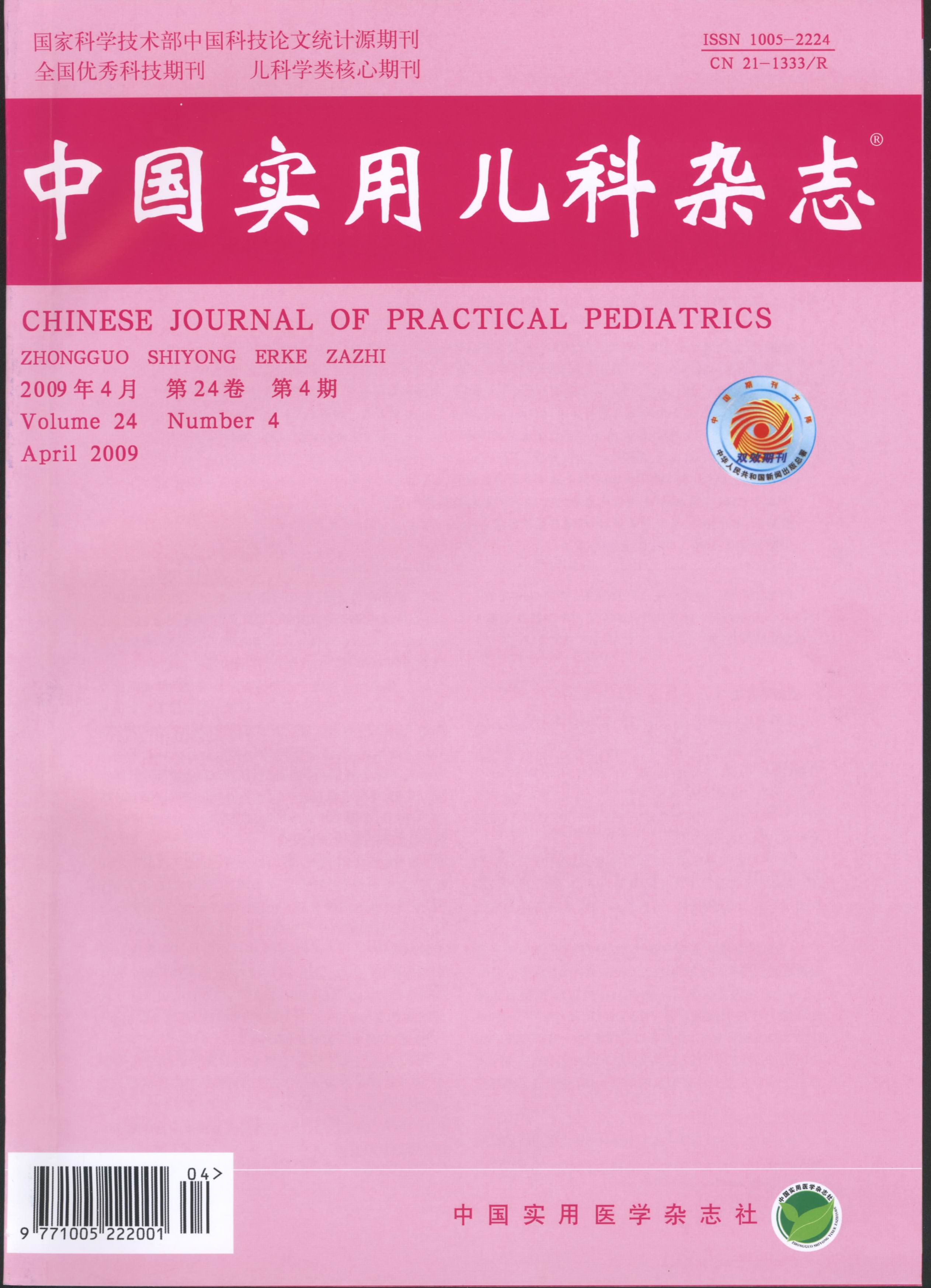To investigate the clinical significance of anti-endothelial cell antibodies (AECA) in Chinese children with Kawasaki
disease (KD). Methods By indirect immunofluorenscence assay based on the substrates of human umbilical vein endothelial cells and monkey
skeletal muscle sections, AECA was detected in sera from 55 KD children at acute phase and 43 controls (including 23 inpatients suffering
fever and 20 healthy kids). Clinical characteristics and laboratory parameters were compared between AECA negative and positive KD patients.
Results Twenty-two (40.0%) of the 55 children with KD were found to be positive against endothelial cells, which was higher than that of
healthy controls (5.0%, P = 0.004) but did not differ from the fever controls (17.4%, P = 0.053). Sensitivity and specificity of AECA for
diagnosis of KD was 40.0% and 88.4% with positive predictive value, negative predictive value and accuracy at 80.0%, 53.5% and 60.4%,
respectively. Higher AECA positive rates were observed in anti-neutrophil cytoplasm antibodies (ANCA) positive and proteinase 3 antibodies
(anti-PR3) positive KD patients. Compared to AECA negative KD patients,there was no difference found from AECA positive group in clinical
characteristics (sex ratio, ages, ages onset and disease duration) and laboratory parameters (complements, immunoglobulin, cholesterol,
lipid related parameters, C reactive protein and erythrocyte sedimentation rate). Probability of coronary aneurysm was higher in AECA
positive group than that of negative KD children with relative risk at 6.67 (95% CI:1.2~36.1). Conclusion The diagnostic value of AECA
for Kawasaki disease may be limited, but it is of predictive significance for developing coronary aneurysm. Our data also indicate that AECA
might play an important role with anti-PR3 in the pathogenesis of damage of coronary artery leading to coronary aneurysm in Kawasaki disease.

